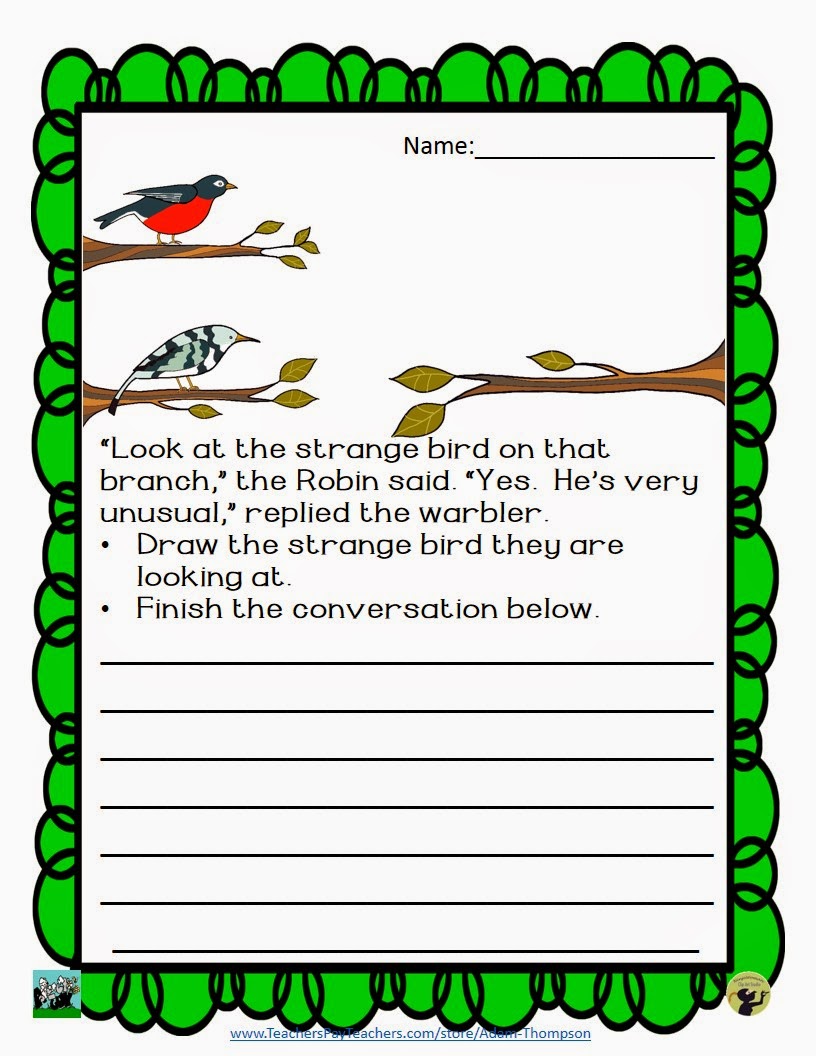You read and read and read. Students are exposed to narratives of all sorts; literary fiction and non-fiction, humor, science fiction, fantasy, suspense. They close read it, mark it up, respond to it, and analyze it. They study the descriptive language, plot structure, characters, and more.
They do journal writing, free-writing, power writing, and guided writing. You mini-lesson the heck out of the six traits.
They are interesting, intelligent kids with lots of ideas and personality.
Then they turn in the most boring narrative writing assignment you've ever read.
Aaaarrrgghhhhhh!
Let's link-up and share our best ideas for improving those narratives!
Graphic novels are HUGE right now. Our library stocks a nice collection of them and my students eat them up. I thought I might be able to tap into that interest and improve their narrative writing skills at the same time. So I decided to start working on sets of comic strips for students to use in creating their own little narratives, the focus being on dialogue and inner monologue.
Wouldn't we all love to see some more character interaction and dialogue in our students' narrative creative writings? I thought these would help them develop comfort with that concept and prompt them to include it in their narrative writing more often.
Right now you can get 17 different comic strips in three different formats at my TPT store. They are image files, so print off single strips or combine into one document to make a longer narrative. You can use them however you like!
Want to get an idea of how these could be used? Go get an example here:
http://goo.gl/MRgJLF



































